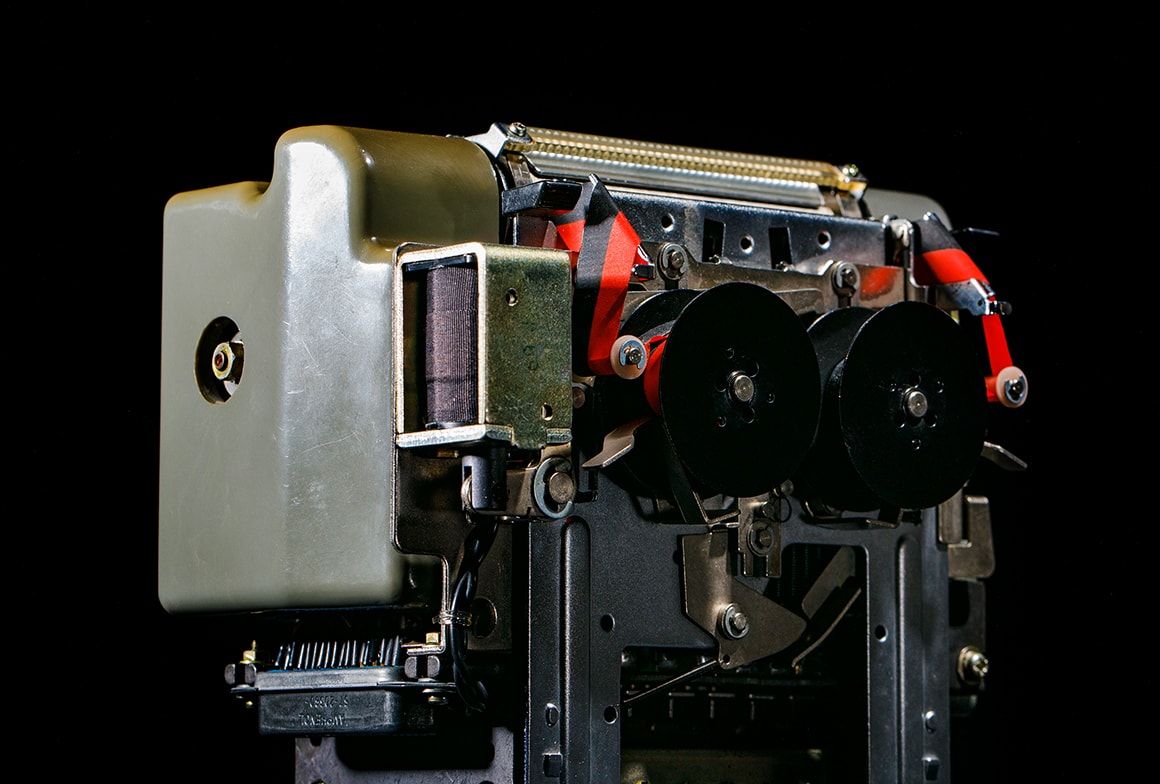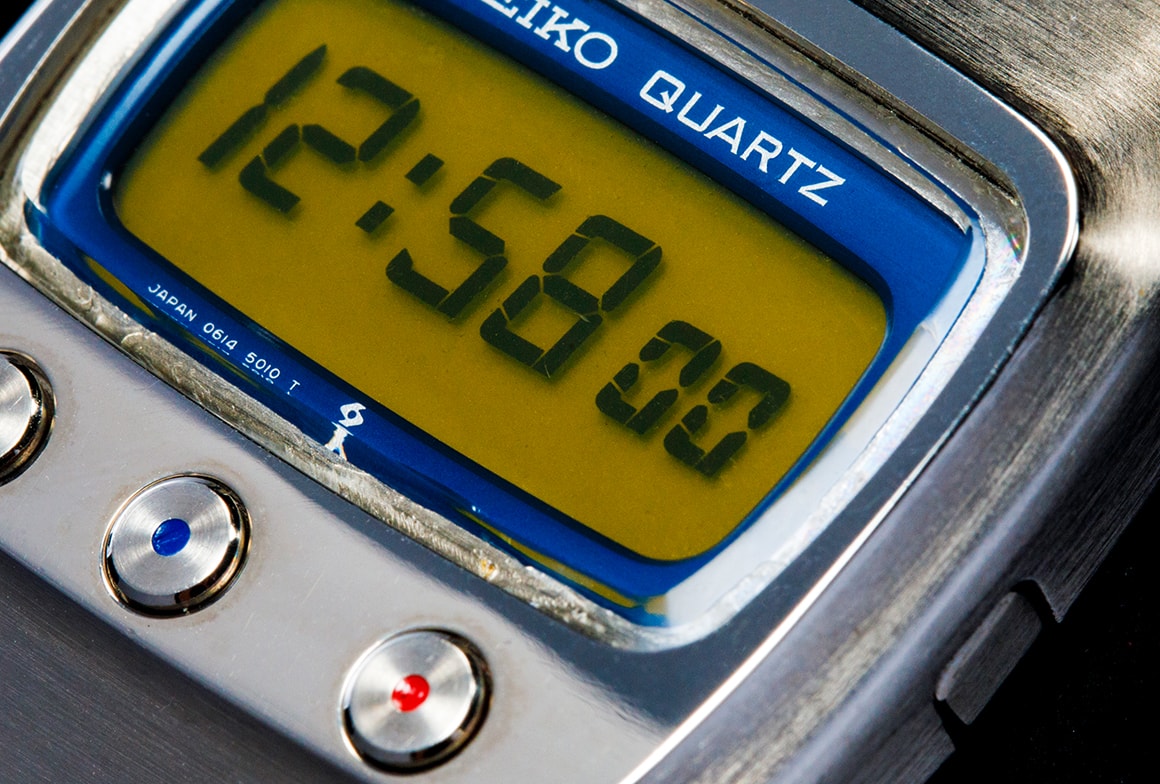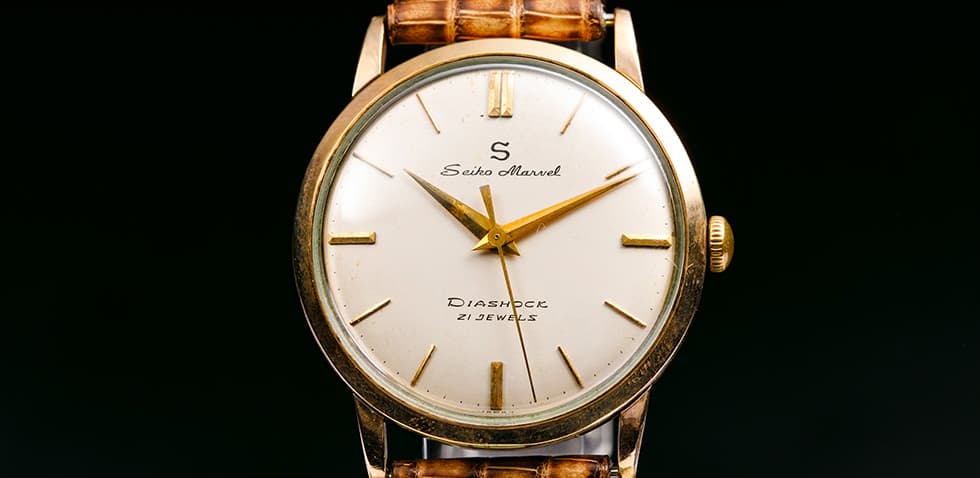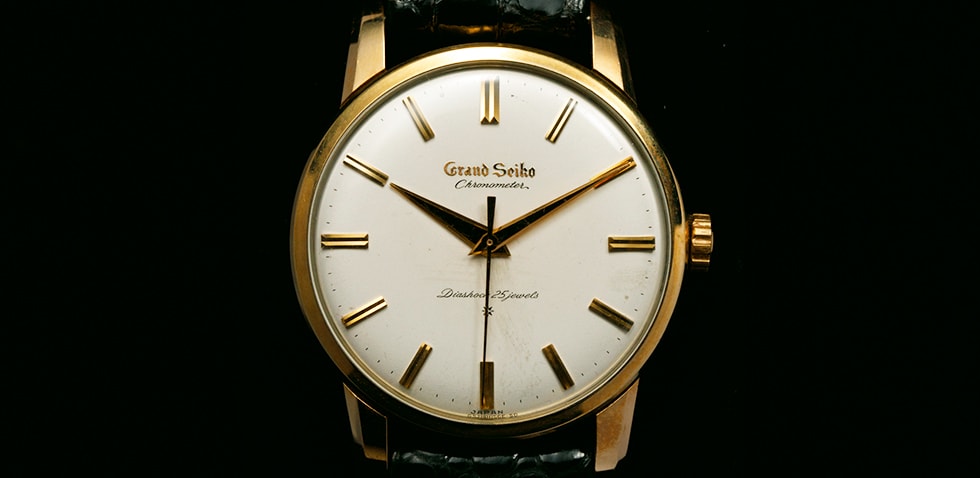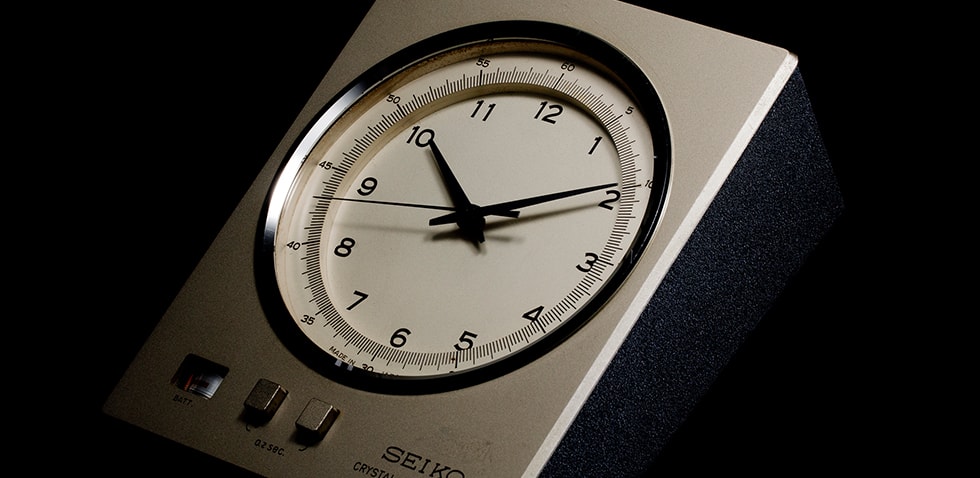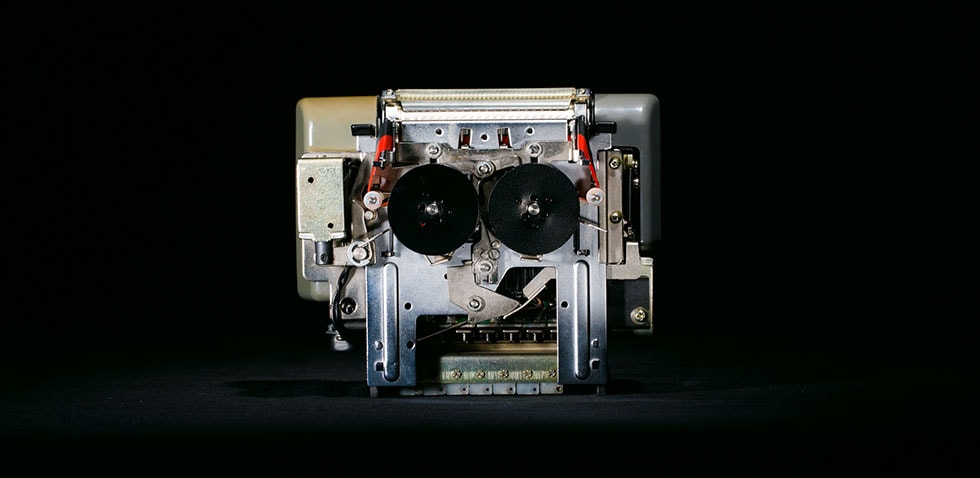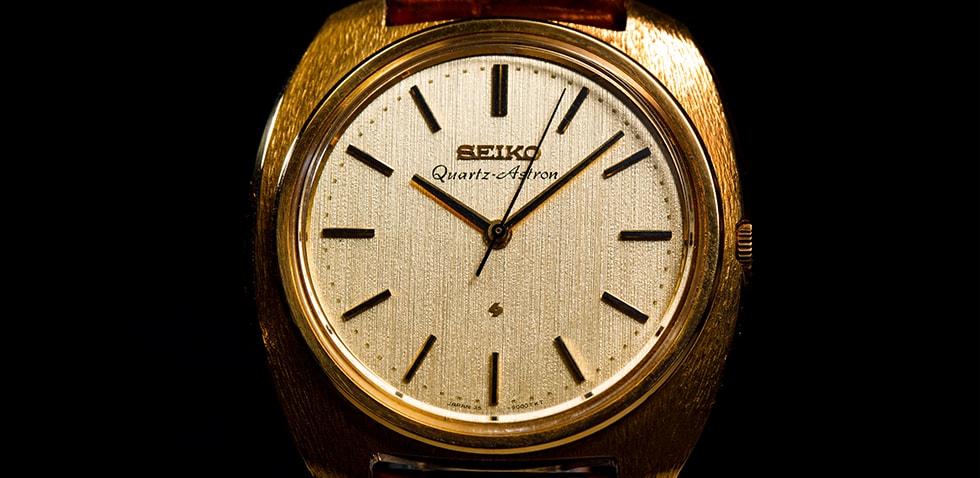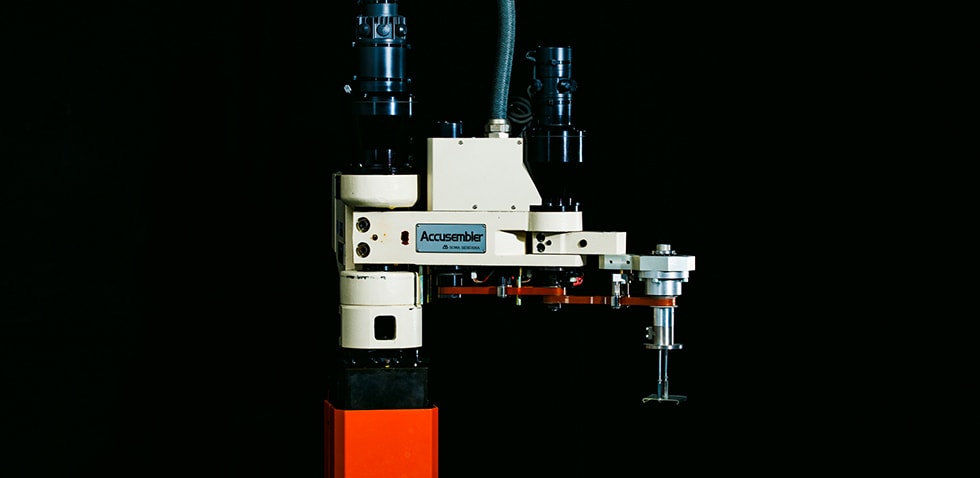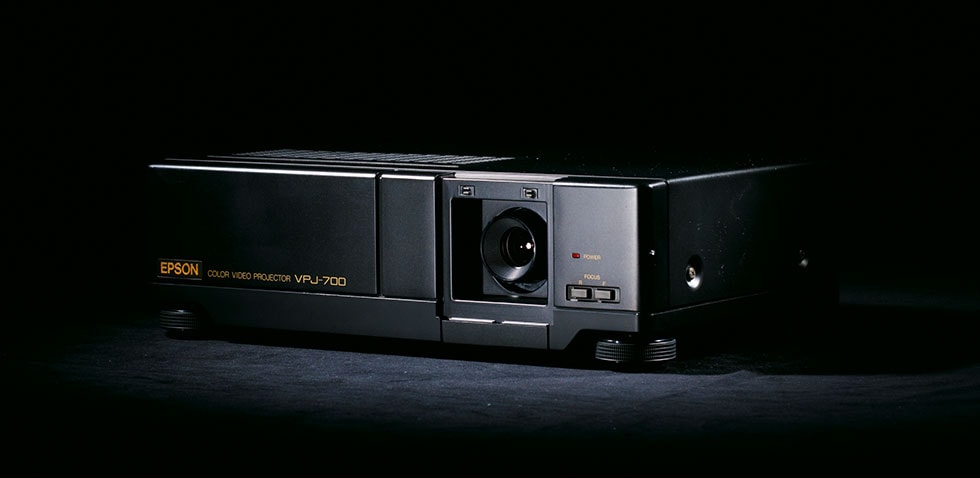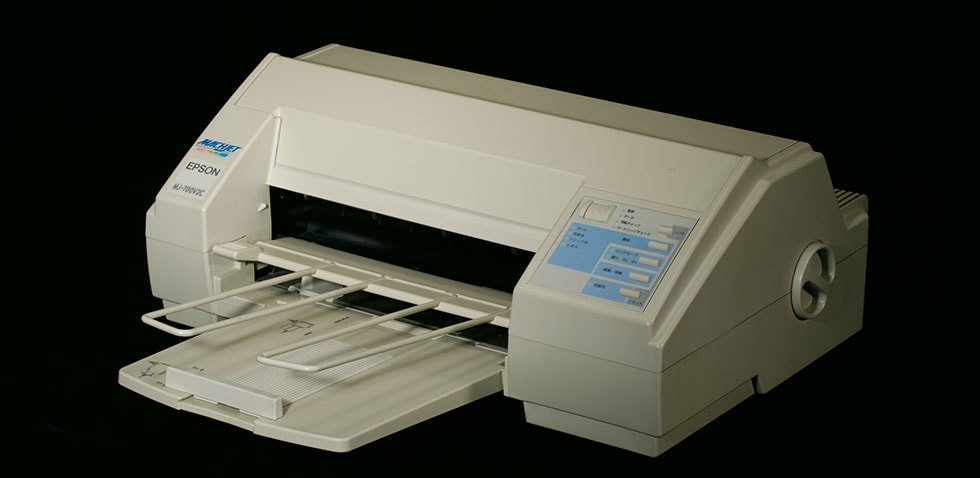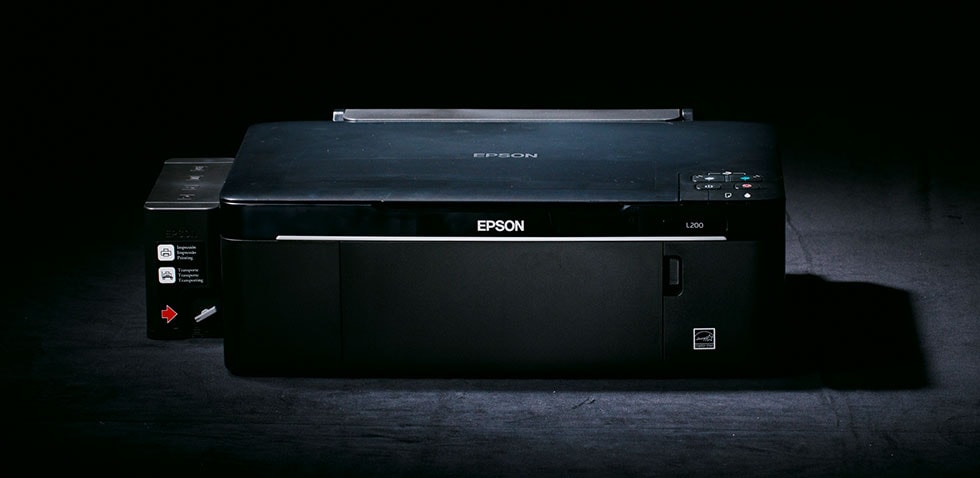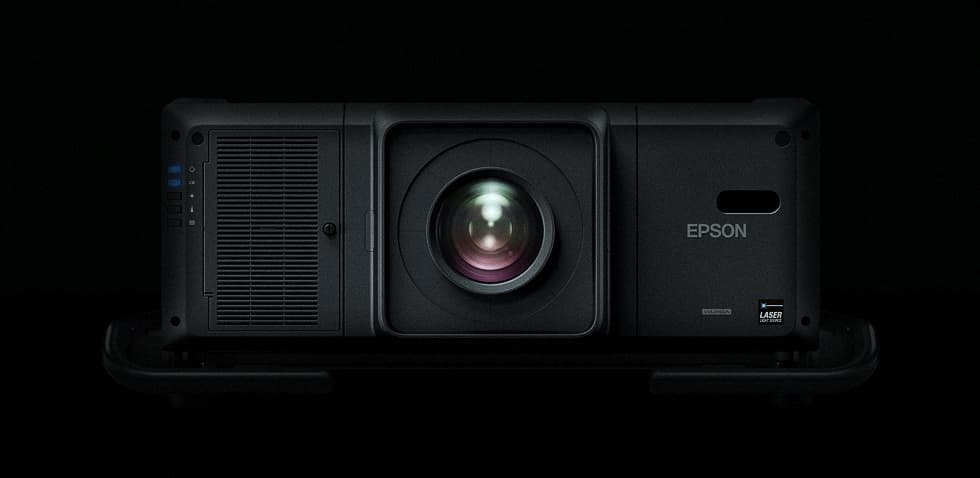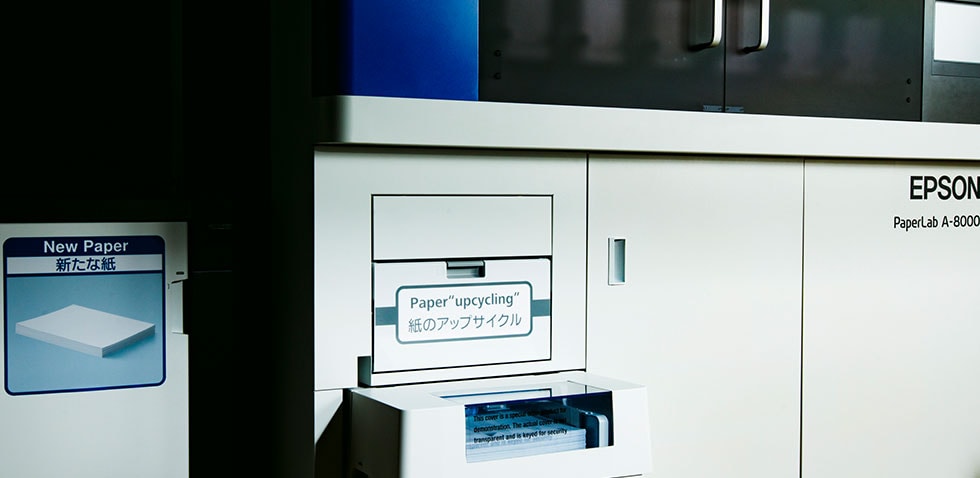EPSON EXCEED YOUR VISION


Japan was in a frenzy.
We had marked
the time of victory.
The prestigious international sporting event of 1964 filled the country with excitement.
Athletes from around the world had trained and devoted their lives to this day.
Hours, minutes, and seconds determine wins and losses.
We are the keepers of time.
And we let the world know with the slogan, “One step further than previous timekeeping devices.”
The world celebrated this new accuracy and speed, which marked a new era in timekeeping for the Games.
And this success would lead to printing innovations that would change the world, including the first compact, lightweight digital printer and the quartz watch.
We developed and manufactured compact, efficient, and precision technologies required to produce quartz watch components unlike any the world had ever seen.
Creating something from scratch is never easy.
One from zero. Two from one. The distance is the same, but the difference is vast.
Some say that Suwa and the land around the lake emerged from land reclamation in the Edo period. Humanity also made this land.
We create what has yet to be created.
This spirit is the driving force behind manufacturing at Epson.
ternational sporting event of 1964 filled the country with excitement.
Athletes from around the world had trained and devoted their lives to this day.
Hours, minutes, and seconds determine wins and losses.
We are the keepers of time.
And we let the world know with the slogan, “One step further than previous timekeeping devices.”
The world celebrated this new accuracy and speed, which marked a new era in timekeeping for the Games.
And this success would lead to printing innovations that would change the world, including the first compact, lightweight digital printer and the quartz watch.

We developed and manufactured compact, efficient, and precision technologies required to produce quartz watch components unlike any the world had ever seen.
Creating something from scratch is never easy.

One from zero. Two from one. The distance is the same, but the difference is vast.
Some say that Suwa and the land around the lake emerged from land reclamation in the Edo period. Humanity also made this land.
We create what has yet to be created.
This spirit is the driving force behind manufacturing at Epson.
Article
If it doesn't exist,we make it.
It is this atmosphere
of creativity and
challenge,
which gives rise to
many world's firsts.
From watches to printers:
The little-known
history of
Seiko Epson.
Now in 2022, many know Seiko Epson - or just Epson - for its printers and projectors.
Seiko Epson has its roots in watchmaking, but not many people know what led to Epson's current business expansion. The international sporting event in 1964 where Seiko became the official timekeeper was a watershed moment for the company.
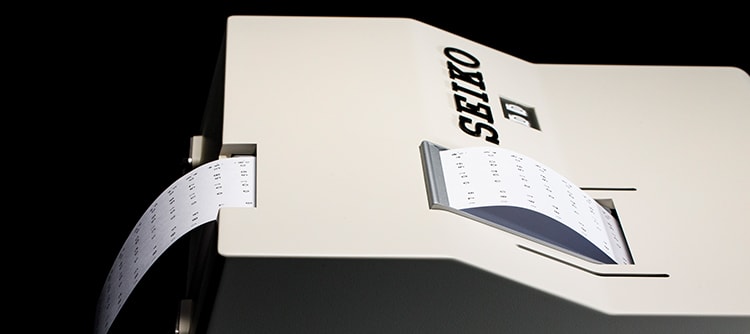
Measuring and recording race
results
quickly and accurately
Science was the theme of this event, and Seiko, with the slogan, “A step ahead of conventional timekeeping,” was selected as the official timekeeper. Epson, a Seiko Group company and then named Suwa Seikosha, played a part in the Games. The company had developed a crystal chronometer based on quartz watch technology from the 59A project. In addition, the company developed, and for a time marketed, a printing timer. This quartz oscillator-type digital stop clock offered electronic timekeeping, a digital display, and a printing option.
These innovations paved the road to unprecedented speed and accuracy, and the company's timekeeping business flourished. The words, “for the first time no one complained about the timekeeping,” spoke volumes.
This success was followed by the world's-first compact, lightweight digital printer, the EP-101 (1968). The following year, the world's first quartz watch, the Seiko Quartz Astron 35SQ, was launched.
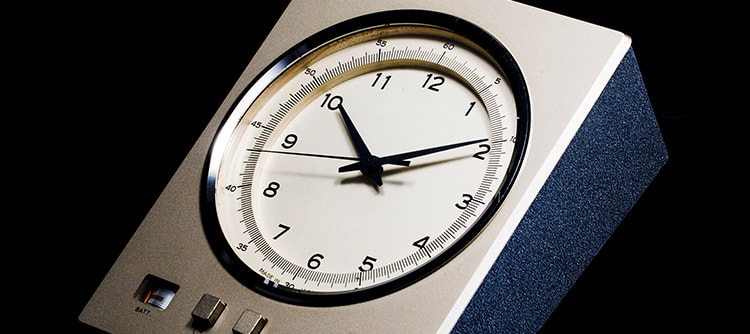
Development of the EP-101
In the years following the 1964 sports event, the company transitioned into a comprehensive manufacturer that handled its own marketing, sales, and service. In the latter 1960s, when electronic desktop calculators first emerged, the company focused on small printers that had potential applications in calculators. The results was the commercialization of the EP-101, in 1968.
The EP-101 marked a new era in digital printing. The printer was lightweight and small enough to fit in the palm of a hand. Moreover, it used 1/20th the power of conventional printers. Epson developed the printer in the spirit of if it doesn't exist, we should make it. This concept in the information equipment field became an opportunity to exercise the company's compact, efficient, and precision technologies cultivated through watch manufacturing. The EP-101 exceeded expectations, selling a cumulative total of 1.44 million units.
The development of the EP-101, a printing timer that was used to quickly and accurately time international sporting events, spawned what is now the company's core business: printing solutions.
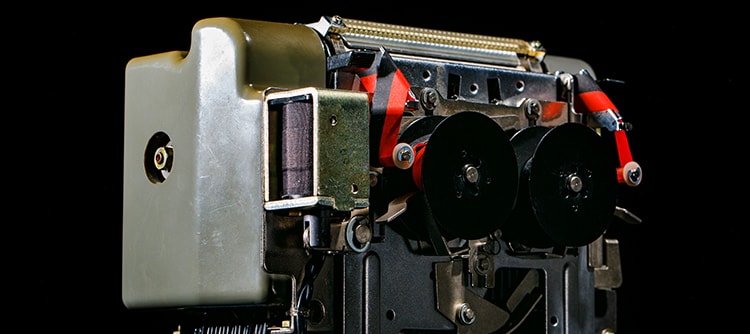
Never satisfied with the status quo.
The highest standards of craftsmanship.
The challenge to develop a quartz wristwatch continued. The goal was to reduce a quartz clock to the size of a wristwatch, saving space and power. To achieve this goal, the company had to overcome many hurdles. Specifically, it had to produce a crystal oscillator, electronic circuits, and motor in sizes that didn't exist. Ultimately, Epson made them in-house, as procuring them from outside sources would bring a new set of problems.
In 1969, the company introduced the world's first quartz wristwatch, the Seiko Quartz Astron. This ushered in a new era of timekeeping many other achievements and accolades would follow, including a prestigious IEEE Milestone Award(2004) and Heritage of Future Technology (2018 and 2019), acknowledging the company's contributions to technological development for the world. Among the achievements was the first LCD digital quartz watch with a six-digit display, launched in 1978.
From the printing timer and the EP-101 to the commercialization of the quartz watch, all products represent innovation. If something doesn't exist, we make it ourselves. This spirit of creativity and challenge has never waved and remains today.
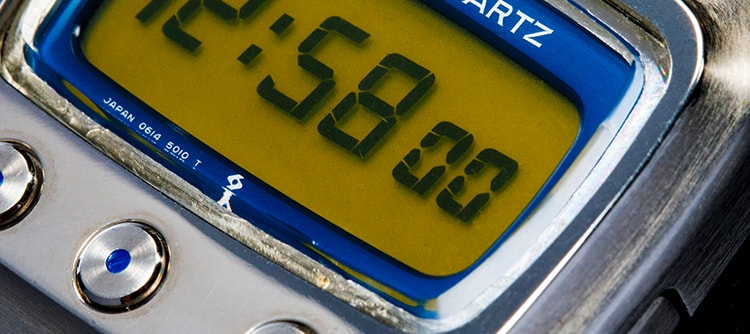
Index
-
Chapter 1 Suwa, where it began. Read More

-
Chapter 2 At Seiko Epson,we dedicate ourselves
to contributing to the environment
while manufacturingour products. Read More
-
Chapter 3 More accurate time. Read More

- Chapter 4 If it doesn't exist, we'll make it.

-
Chapter 5 The Spirit of Creativity
and Challenge Lives On. Read More


